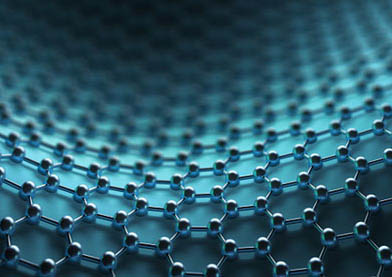In recent years, mobile phone chips have been updated frequently and the performance has been greatly improved, but the battery life has not improved much, although the popularization of fast charging technology has shortened the charging time. No, there have been new developments in the research and development of graphene batteries and super batteries. Let's take a look.

The fast-charging schemes of various manufacturers to save the country treat the symptoms but not the root cause, and to trace the origin, it is still necessary to make a qualitative leap in battery development. Fortunately, momentum has emerged. Last year, I smelled the development of graphene batteries from MWC and CES.
Graphene battery is a new energy battery developed in 2004. It has attracted much attention since its inception. It is still hoped to be a breakthrough in battery technology in the electric vehicle industry.
Graphene itself is a very ideal conductor material. It has excellent strength and flexibility. It can greatly improve the battery life of mobile phones. It can also compress the charging time of several hours to just a few minutes. At the same time, the graphene polymer material battery The weight of the traditional battery is only 50%, and the cost will be 77% lower than that of the lithium battery.
A recent TV news report stated that Zhejiang University in China has developed an aluminum-graphene super battery based on graphene batteries. Experimental data shows that a fast charge can be fully charged in 1.1 seconds.
The report also claims that this super battery has ultra-high durability and safety, which can experience 250,000 cycles and maintain 91% specific capacity. Since the super battery is a flexible material, the capacity can still be maintained when bent, and it will not explode in case of fire.
From the current point of view, graphene batteries and super batteries are the most capable of breaking through the bottleneck of smartphones, and are also the closest commercial products in the industry. However, because it is still in the laboratory stage, mass production is difficult at present, and it may need to be decentralized to the civilian field.
 sales@batterydeji.com
sales@batterydeji.com




